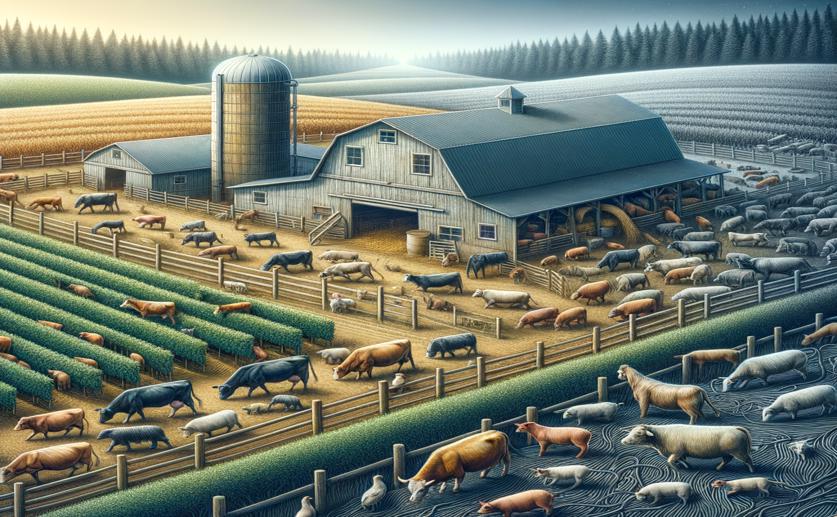
Farm Practices and Species Variety Linked to Higher Tuberculosis Risk on Farms
Jenn Hoskins
20th July, 2024

Image Source: Natural Science News, 2024
Key Findings
- The study focused on cattle farms in Western Spain, identifying factors that increase TB risk
- Larger herds and older cattle were more likely to be TB-positive
- Farms with more wildlife species had a higher risk of TB
AgricultureHealthAnimal Science
References
Main Study
1) Farm management practices and host species richness associated with higher likelihood of tuberculosis positive farms in Western Spain
Published 19th July, 2024
https://doi.org/10.1007/s10344-024-01833-z
Related Studies
2) The Northern Ireland programme for the control and eradication of Mycobacterium bovis.
Journal: Veterinary microbiology, Issue: Vol 112, Issue 2-4, Feb 2006
3) Effectiveness of cattle operated bump gates and exclusion fences in preventing ungulate multi-host sanitary interaction.
4) Environmental Presence of Mycobacterium tuberculosis Complex in Aggregation Points at the Wildlife/Livestock Interface.
5) Evaluating use of cattle winter feeding areas by elk and white-tailed deer: implications for managing bovine tuberculosis transmission risk from the ground up.



 6th May, 2024 | Jenn Hoskins
6th May, 2024 | Jenn Hoskins